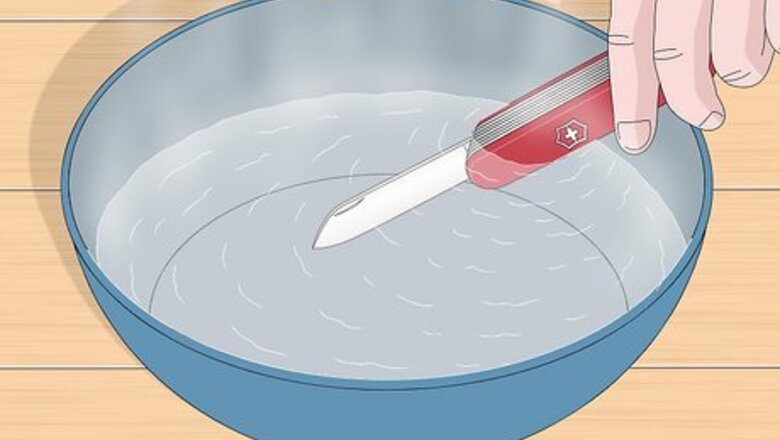
views
Preparing your Knife and Tools
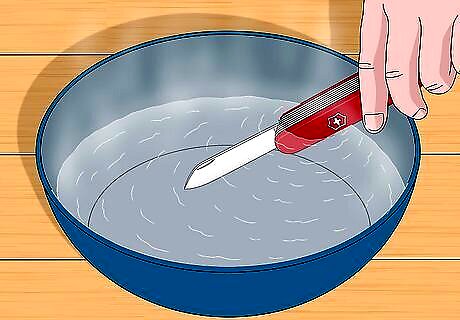
Clean the knife thoroughly. Dirt or grease on the blade may result in an uneven sharpening of your knife. Sharpening the blade may be easier if you briefly dip the cold blade into boiling water right before you begin sharpening it.
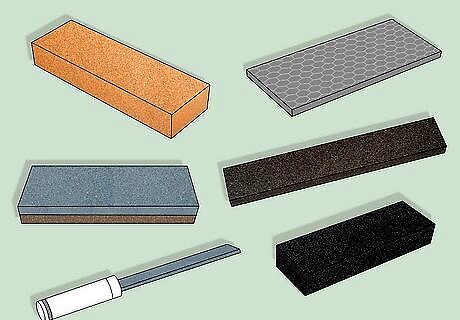
Select a sharpening tool. There are numerous types of files and sharpeners on the market, including Japanese water stones, stones with diamond encrusted surfaces, and stones with different grades of grit. These different tools will give you slightly different results. For most purposes, a basic, two-sided sharpening stone, available for about $10 at most hardware stores, will be adequate. There is also a knife sharpener you can buy specifically for the purpose of sharpening Swiss Army Knives, available from the company's online store.
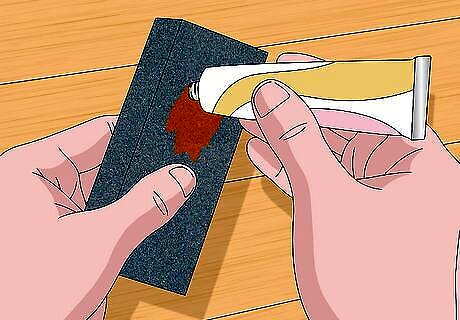
Lubricate your stone if desired. There is some disagreement as to whether it is important or even beneficial to lubricate your sharpening stone. If you choose to lubricate yours, a variety of different options are available. Some people believe that lubricant should be used because the friction that results from sharpening the blade has the potential to warp it, or because the lubricant will help float away metal particles that can dull the blade during the sharpening process or clog the pores of the stone itself. Others believe lubricant is unnecessary, slows the process the down, and may actually dull the blade by washing the metal particles over the blade during the sharpening process. If you opt to use a lubricant, you can use cutting oil, mineral oil, kerosene, or WD-40 on natural stones, or water on diamond stones. Before applying oil, consult any instructions that came with your sharpening stone. Some types of stones can be ruined by the use of oil.
Sharpening the Blade
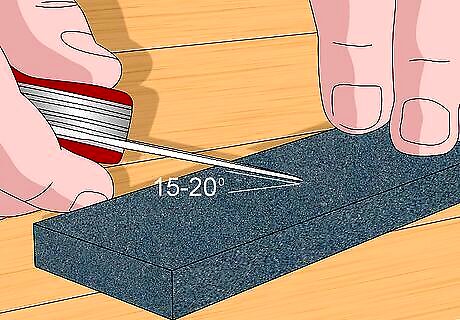
Lay the blade across the stone. The blade should meet the stone at an angle of 15°-20.° This will result in a cutting angle of 30°-40.° Keeping the angle consistent throughout the sharpening process is key to a good sharpening. With an official Swiss Army knife, you can approximate the correct angle by resting the back edge of the blade on two stacked pennies. If you have a hard time keeping the angle correct and consistent, you can buy a sharpening guide for about $10 that will make the task easier.
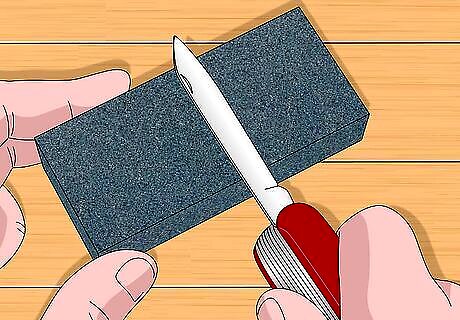
Sharpen one side of the blade. Run the knife along the stone as if you were trying to carve a thin piece off the stones surface, repeating this motion several times. If your knife is very dull, start this process on the rough side of the whetting stone, or with a diamond stone. Don't apply too much pressure. Let the stone do the work. If using lubricant, add more every few dozen strokes to wash away metal shavings. If the knife blade is longer than the stone, you’ll need to sweep the blade sideways as you sharpen so that the entire edge is sharpened completely and evenly. As a rule of thumb, you'll want to give the blade six to twelve strokes across the stone. A more precise way to know when to switch sides is to look for a burr (also sometimes called a "wire") that is formed on the other side of the edge. You'll be able to feel burr with your thumb on the side of the edge opposite the stone. The formation of a burr indicates that the steel is thin enough at the very edge that it is folding over slightly. The steel must get very thin to be razor-sharp.
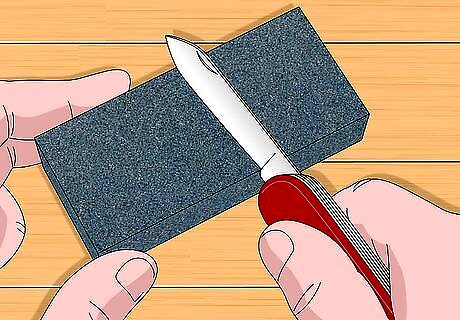
Sharpen the other side. Now, turn the blade over and repeat the process, sharpening the other side of the blade.
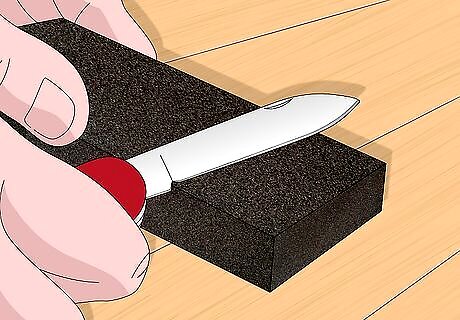
Switch to a finer stone. To get a razor-sharp edge, and to remove the burr on the knife, you'll now want to switch to finer grit (i.e. the other side of your whetting stone, if you've got a standard two-sided sharpener). At this stage, alternate which side of the blade is making contact with the stone with each stroke. Apply even gentler pressure on these last few strokes to avoid raising another burr.
Finishing Up

Dry the blade. Wipe the blade on a towel or clean rag to remove any lubricant and metal fragments from the sharpening process.
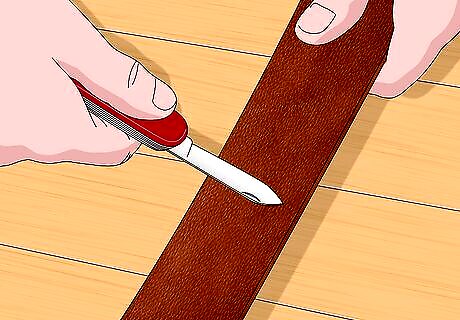
Strop the blade. Stropping is running the blade edge across a leather strap that has been covered with an abrasive such as stropping paste or green chromium oxide. It puts a final polish on your knife edge. Move the blade in the opposite direction you did when sharpening. Run it over the leather with the "spine" of the blade at the front and the sharp edge behind. Stropping the blade between sharpenings can help keep your blade sharp longer.
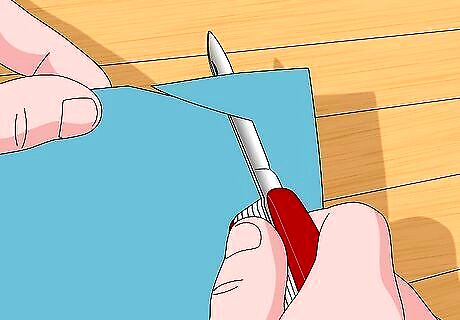
Check the sharpness. Once you think you're done sharpening the knife, check to see if the blade is sharp. There are several ways to do this. Cut some paper. A razor-sharp blade will easily cut right through. Shine a bright light on the sharpened edge. A dull edge will reflect the light. Drag the edge lightly across your thumbnail. The blade should scrape the nail cleanly, without catching or vibrating.















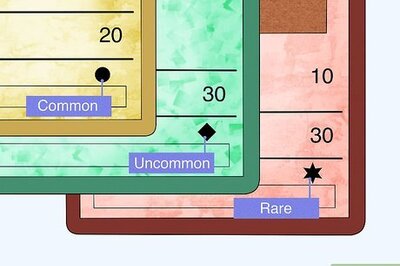


Comments
0 comment